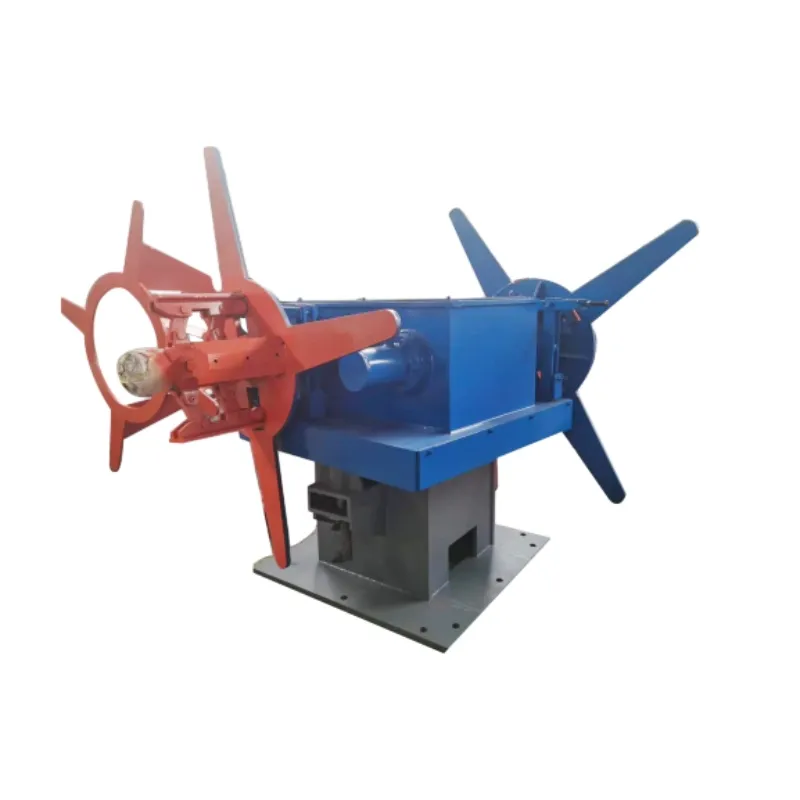Hydraulic Machine for Precision Straightening and Metal Forming Applications
The Hydraulic Straightening Machine Revolutionizing Metal Fabrication
In the realm of metal fabrication, precision and efficiency are paramount. Among the various technologies employed to enhance these attributes, the hydraulic straightening machine stands out as a significant advancement. This powerful tool is specifically designed to correct deformations in metal components, ensuring that they meet the stringent specifications required in numerous industrial applications.
Understanding Hydraulic Straightening
At its core, a hydraulic straightening machine operates on the principle of hydraulics, utilizing fluid pressure to exert force on metal structures. This process is essential for reshaping materials that have been twisted, bent, or otherwise distorted during manufacturing or through wear and tear. By applying controlled pressure to specific areas of the component, operators can restore the material to its original dimensions without compromising its structural integrity.
The Mechanism of Action
The hydraulic straightening machine typically comprises several key components hydraulic cylinders, a robust frame, a control system, and various tooling options tailored for different types of materials and shapes. When a deformed metal piece is placed in the machine, hydraulic fluid is introduced into the cylinders, creating a powerful force that can be precisely adjusted. This allows for targeted straightening based on the specific requirements of the job at hand.
Operators can control the pressure and direction of force applied, making it possible to handle various metal types, including steel, aluminum, and more exotic alloys. The machine's versatility enables it to tackle a range of applications, from straightening automotive parts to large industrial components.
Advantages of Hydraulic Straightening Machines
1. Precision One of the primary benefits of utilizing a hydraulic straightening machine is its ability to achieve high levels of precision. By ensuring that metal parts return to their exact specifications, manufacturers can maintain quality control and guarantee the performance of their products.
hydraulic straightening machine

2. Efficiency Traditional methods of straightening, such as mechanical bending or manual labor, can be time-consuming and labor-intensive. In contrast, hydraulic straightening significantly reduces the time needed to correct deformations, allowing for quicker turnaround times and enhanced productivity.
3. Reduced Material Waste By effectively restoring the shape of metal components, hydraulic straightening machines minimize the need for replacements. This not only saves costs on materials but also contributes to more sustainable manufacturing practices by reducing waste.
4. Versatility As mentioned, these machines can handle a wide variety of materials and shapes, making them suitable for many industries, including automotive, aerospace, and construction. From small parts to large structural components, a hydraulic straightening machine can accommodate different sizes and complexities.
5. Operator Safety Hydraulic systems are often designed with safety in mind, offering features such as automatic shut-off in case of an emergency. This reduces the risk of operator injury, a critical consideration in any manufacturing environment.
Applications in Various Industries
The impact of hydraulic straightening machines is felt across multiple sectors. In the automotive industry, for instance, they are essential for correcting frame and body parts after collisions. Similarly, in construction, these machines are instrumental in repairing beams and girders, ensuring that structural integrity is maintained on job sites.
Aerospace is another field that benefits from this technology, where precision in metal fabrication is crucial for safety and performance. The ability to straighten wing components or fuselage parts with exacting standards can make a significant difference in the reliability of aircraft.
Conclusion
As industries continue to strive for greater efficiency and precision in metal fabrication, the hydraulic straightening machine emerges as a valuable asset. Its ability to restore deformed components to their original specifications not only enhances the quality of manufactured products but also contributes to more efficient and sustainable practices. With advancements in technology, we can expect further innovations in hydraulic straightening machines, solidifying their place as an essential tool in the manufacturing landscape.
-
High Frequency Straight Seam Welded Pipe Production Line-BzZhou Xinghua Machinery Equipment Manufacturing Co., LTD.|Precision Welding, High EfficiencyNewsJul.30,2025
-
High Frequency Straight Seam Welded Pipe Production Line|BzZhou Xinghua|Precision Welding&EfficiencyNewsJul.30,2025
-
High Frequency Straight Seam Welded Pipe Production Line - BzZhou Xinghua|Precision Engineering&EfficiencyNewsJul.30,2025
-
High-Frequency Straight Seam Welded Pipe Production Line-BzZhou Xinghua Machinery Equipment Manufacturing Co., LTD.NewsJul.30,2025
-
High-Frequency Straight Seam Welded Pipe Production Line-BzZhou Xinghua Machinery Equipment Manufacturing Co., LTD.|Precision Manufacturing, High EfficiencyNewsJul.30,2025
-
High Frequency Straight Seam Welded Pipe Production Line-BzZhou Xinghua Machinery Equipment Manufacturing Co., LTD.|Precision Steel Pipe Manufacturing&Industrial EfficiencyNewsJul.29,2025


